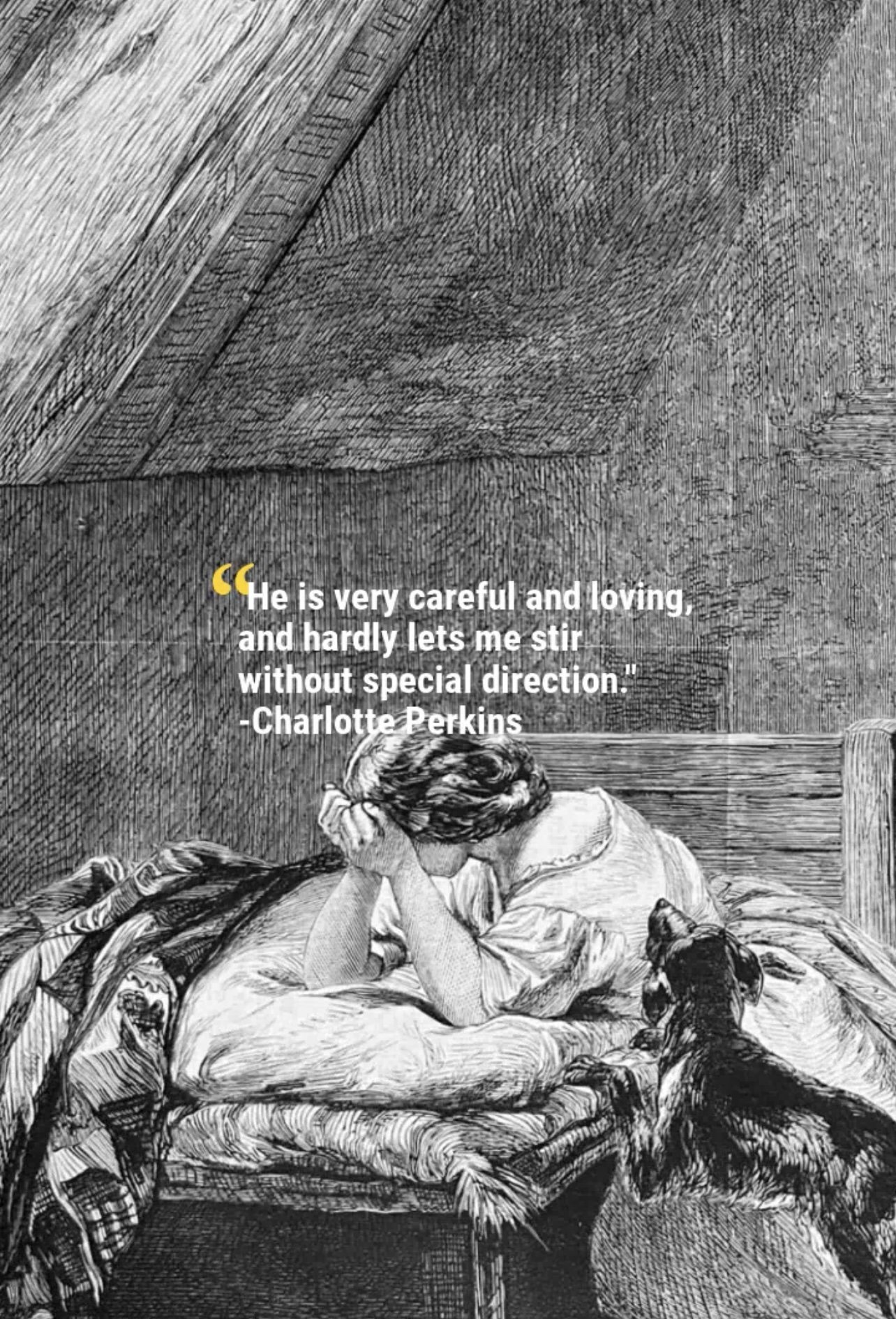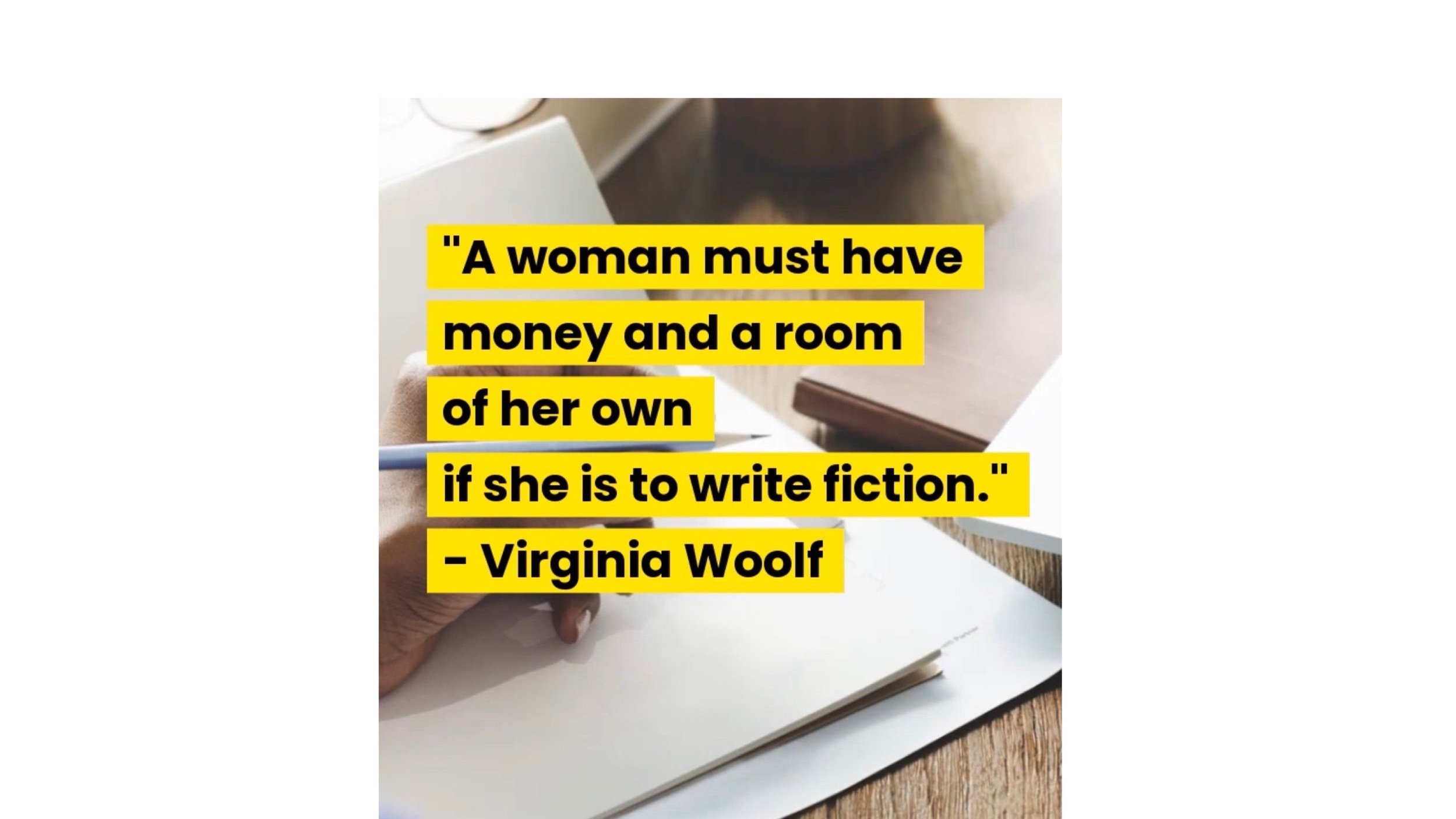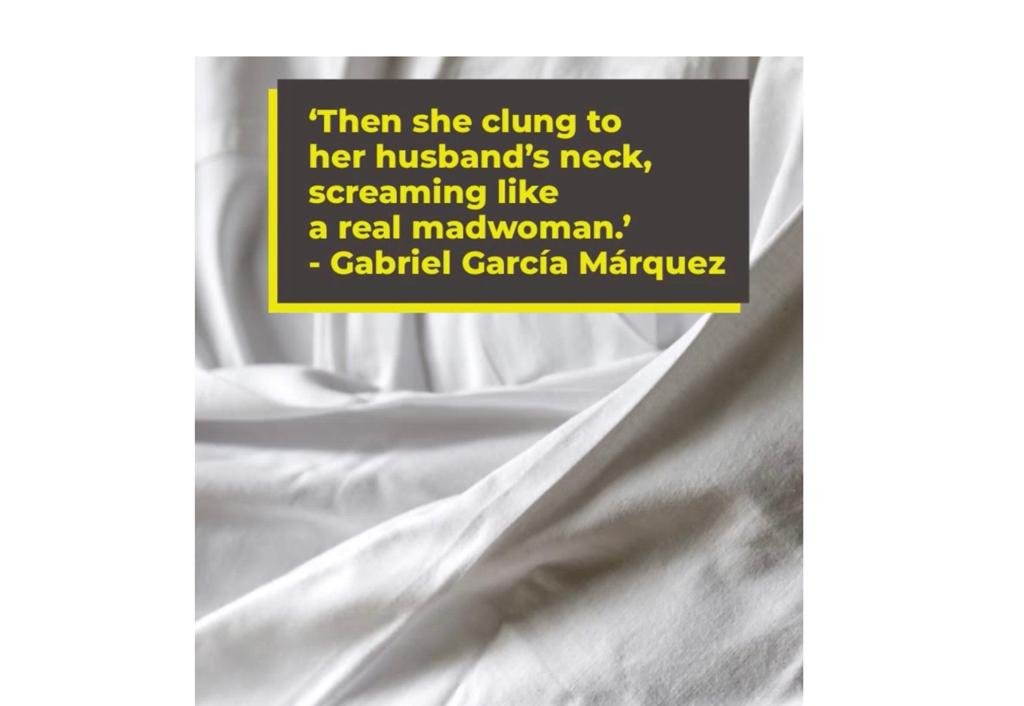Getting Stuck in the Attic (warning: spoiler alerts)
Coming to the Attic.
I conceived the original seed of the idea for ‘The Attic’ in 2017 at a creative writing workshop. The facilitator gave the group a creative exercise where we all had to close our eyes and imagine that we were walking through a house whose walls were covered with pictures depicting our memories. Still with our eyes closed, we were guided up the stairs until we reached the loft. Then came the writing prompt –
“If you closed your eyes and went into a figurative house of your memories, what would you find in your attic?”
My answer came to me straight away, but I was curious about everyone else’s. There were secrets, old clothes that no longer fit and even a dead body. However, my personal attic contained a crazy old lady, the archetypal madwoman.
With the stimulus provided by the prompt, I wrote a short story about a young female who chances upon a crazy older woman living in her attic. However, when she tries to reveal her to her boyfriend, the woman is not there, and readers are left questioning if she ever was.
According to Sandra M. Gilbert and Susan Gubar’s ‘The Madwoman in the Attic: The Woman Writer and the Nineteenth-Century Literary Imagination’, the madwoman acts as the author’s double – a representation of repressed rage against the misogynistic patriarchy. And so Lulu, the mad flapper in the attic of ‘The Attic’, is me, and I am her. She represents every time that I was told “You can‘t do that” or “You have to do this”, and my fear that not listening to the prevailing norms could land me right outside of them — a pariah, ostracised by mainstream society.

‘THE YELLOW WALLPAPER’
The semi-autobiographical nineteenth-century short story, ‘The Yellow Wallpaper’, written by Charlotte Perkins Gilman, has always haunted me. The idea that a woman with obvious post-partum depression could be locked up in an attic at the behest of her husband and doctor is frightening enough. However, couple that with the knowledge that she was a writer and had been denied any writing implements as part of a ‘healing’ protocol and it is truly horrifying. In ‘The Attic’, besides the yellow wallpaper prevalent in all the marketing materials, I toy with the concept of toxic masculinity threatened by female creativity as expressed through both dance and writing. In Lulu’s case, although the carefree way she conducted herself onstage attracted Albie initially, it became shameful in his eyes as soon as it interfered with what he perceived as her duties as a mother and wife.
“I SHOULD’VE DONE IT RIGHT AWAY
I KNEW I SHOULD HAVE TAUGHT YOU
JUST HOW TO CONDUCT YOURSELF
THE WAY A GOOD WIFE OUGHT TO…
Albie to Lulu in the song, ‘Behave’, ‘The Attic’
On the other hand, Nigel belittles Charlotte’s written achievements, only to gaslight her and ultimately take credit for them. As Simone de Beauvoir said, “Humanity is male, and man defines woman not in herself but as relative to him.” Both Albie and Nigel look at their female partners as shiny objects which reflect their manhood.
“Women have served all the centuries as looking glasses possessing the magic and delicious power of reflecting the figure of man at twice its natural size”
Virginia Wolf, ‘A Room of One’s Own’
Read the full short story ‘The Yellow Wallpaper’ HERE
‘I ONLY CAME TO USE THE PHONE’
Gabriel Garcia Marquez’s ‘I Only Came to Use the Phone’ tells the story of a former runaway bride who makes the cardinal mistake of seeking a lift from a bus destined for a female psychiatric facility. When she insists that she wasn’t meant to be there, no one believes her and she remains incarcerated. Although her husband eventually finds her, he refuses to free her, finding comfort in knowing where she is. In ‘The Attic’, Nigel installs spyware onto their smart TV to keep tabs on Charlotte, while Albie thinks he is a stand-up guy for looking after his lady in the loft.
“Char, calm down, I only did it because you’re a beautiful woman, you never answer your phone and I like to know what you get up to.... Is it my fault that I love you?”
Nigel to Charlotte, ‘The Attic’
Read ‘I Only Came to Use the Phone’ HERE

‘A ROOM OF ONE’S OWN’
In her famous essay, ‘A Room of One’s Own,’ Virginia Wolf asserts that all a woman needs to create is £500 a month and a room of their own because “If a woman wrote... She was always interrupted...”. Charlotte knows that she needs a place away from Nigel to fulfil her potential. However, he had already infected her mind, and as Lulu finally and sadly reveals, “It’s too late”.
“Once the wrong man gets his tentacles into you… you’re done for.”
Lulu to Charlotte, ‘The Attic’
Read ‘A Room of One’s Own’ HERE

THE ATTIC OF ‘THE ATTIC’
The attic itself exists in ‘The Attic’ in an almost metaphysical location, transcending both space and time. In a sense, I see it as the hotel in Stephen King’s ‘The Shining’, a place that absorbs the intruder into the cellular makeup of its walls – always waiting for the next victim to take their place. In this sense, the attic absorbs Lulu, leaving Charlotte to greet Olivia, and so the cycle continues.
Both Lulu and Charlotte allow men to define their parameters, Lulu literally and Charlotte figuratively. Therefore, the imprisonment experienced by both Lulu and Charlotte is tailored to each of them. Lulu is manacled by Albie so she cannot express herself through her body, while Charlotte is gaslit by Nigel so she can no longer express herself through the written word.

THE 1920s VERSUS THE 2020s AND ‘JANE EYRE’
Placing Lulu’s story in the 1920s was integral in highlighting the suffrage hope for the future and showing that essentially not much has changed 100 years later. In a time when women were reclaiming their freedom, Lulu had run away from home and bobbed her hair in defiance. Therefore young Lulu first appears as the headline dancer, wearing a butterfly costume – literally and figuratively asserting herself as a free creature, ready to fly. After being confined to the attic, she ensconces herself in a blanket and regresses into a cocoon; Albie has clipped her wings.
Fast forward 100 years: Britney Spears has only just rid herself of her father’s conservatorship, and women are still fighting for equal wages and their seats at the table. A successful short story author, Charlotte still contends with a man she is magnetically attracted to physically, but who denigrates her on every other level. Ultimately, both Lulu and Charlotte choose to stay in the attic, much like poor Bertha Rochford in Charlotte Bronte’s ‘Jane Eyre’.

GENDER ETHICS
Judith Butler posits that gender is a social construct which is performative. Gender ethic scholars discuss why ‘feminine’ qualities are perceived as weak and vulnerable. Kate, Charlotte’s aggressive agent, is an example of this intentional subversion of ‘female’ softness favouring more ‘masculine’ authority and is therefore highly assertive. Conversely, Charlotte and Lulu are both ‘nice’ to a fault and were therefore vulnerable to toxic males.
“One is not born, but rather becomes, a woman.”
Simone de Beauvoir, ‘The Second Sex’

‘BLOCK, DELETE, MOVE ON’
Margaret Atwood once said that a man’s greatest fear is that women will laugh at them, while a woman’s greatest fear is that a man will kill them. The disparity in these two fears speaks to men’s fragility when it comes to their egos, and to females’ vulnerability in the face of a man’s brute strength. Therefore to protect himself from scorn, a toxic man will treat a woman a certain way with the intent of ensuring his power and authority in the relationship.
In ‘The Attic’, Charlotte tries to extricate herself by singing her wish to ‘Block, Delete and Move On’, the hook of which I used with the blessing of 'The Times’ bestselling author of “Block, Delete, Move On” written by ‘LalaLetMeExplain’. LalaLetMeExplain’ is the pseudonym of the Instagram influencer and ‘Hello!’ agony aunt who is on a one-woman crusade to convince women that they are worth more than the time and emotion they give to men who do not deserve it.
“BACK WHEN IT ALL WENT SO WRONG
I SOMEHOW THOUGHT
WE’D PULL THROUGH
BUT MY HEART TOOK ITS TIME TO SEE
WHAT MY BRAIN ALREADY KNEW”
Charlotte to Nigel, from the song, ‘Block Delete and Move On’, ‘The Attic’
Buy the book, ‘Block, Delete, Move On’ HERE

‘GASLIGHT’
Gaslighting is a term derived from the 1944 movie of the same name, where a man tries to make his wife think that she has gone insane. Using it in this context, when a man tries to replace a woman’s thoughts with his own, it is considered ‘gaslighting’. For example, I recently met an amazing woman who was successful, creative and beautiful. However, even after she managed to get out of a toxic marriage, she still hears her ex-husband’s voice in her head telling her that she is worthless and ugly.
In ‘The Attic’, Nigel goes a step further and truly makes Charlotte question her entire sense of reality, the gaslight in this sense sparking her descent into madness.
CHARLOTTE: You’re not gaslighting me - are you?
NIGEL: What’s gaslighting?
CHARLOTTE: Nigel! ‘Gaslight’ was that classic film we saw last month at the…
NIGEL: Char, you know I wouldn’t be caught dead at a classic film...ever.
From ‘The Attic’

CAN WE TALK?
In ‘Jayne Eyre’, Charlotte Bronte writes: “There are other evils – deep-rooted in the foundation of the social system— which no efforts of ours can touch; of which we cannot complain: of which it is advisable not too often to think.” So why, over a hundred years later, is that still the case? How is it that a successful creative woman like Britney Spears was completely dominated and monitored by her father and a gaggle of lawyers who made money from her while she was only granted pocket change until this year? Though feminism is at the forefront of the media, how far have we truly come since achieving the vote in the 1920s? And most importantly, can we talk about it without being scorned, trolled and labelled as hysterical females?
THE INTENTION
The musical choices carried out to perfection by the genius that is Yuval Havkin were intentionally light-hearted and uplifting despite the tragic, dark nature of the material. I wanted people to enjoy the songs, possibly even sing along with them, and then stop and think, “Oh my goodness! What the hell am I singing?”
David Mamet said, “When you leave the theatre wanting to discuss the play, that’s a good play. When you leave the theatre wanting to discuss your life and the world, that’s art.”
That is precisely what I am trying to achieve with ‘The Attic’.
The MUSES
There are nine Muses of the arts. For ‘The Attic’, I chose four that I felt would have the most relevance for a female Gothic writer: the Muses of Epic Poetry, Love, Comedy and Tragedy. They are the narrators and spirit guides through Charlotte’s story, yet they symbolise much more. They represent the ‘inner saboteur’ who sometimes works against you, distracting you from fulfilling your potential. In other instances, they are also your internal alarm bells, warning you of impending danger.
I also wanted to reference Mary Beard. In her petite but powerful manifesto, ‘Women & Power’, Beard relates how the denigration of women’s voices dates back to the misogyny of ancient Greece and is still perpetuated today. The Muses were my way of drawing attention to how ancient people (i.e. males) were quite happy to reap the benefits of female creativity without allowing them their own platform.
In ‘The Attic’s’ first iteration at the Union Theatre, the Muses were sweet, supportive types. However, upon reflection and listening to my own inner voices, I realised that they should be sassier and more contrary – something like Karen Walker from TV’s ‘Will and Grace’; loving Charlotte but enjoying pushing her buttons more.
